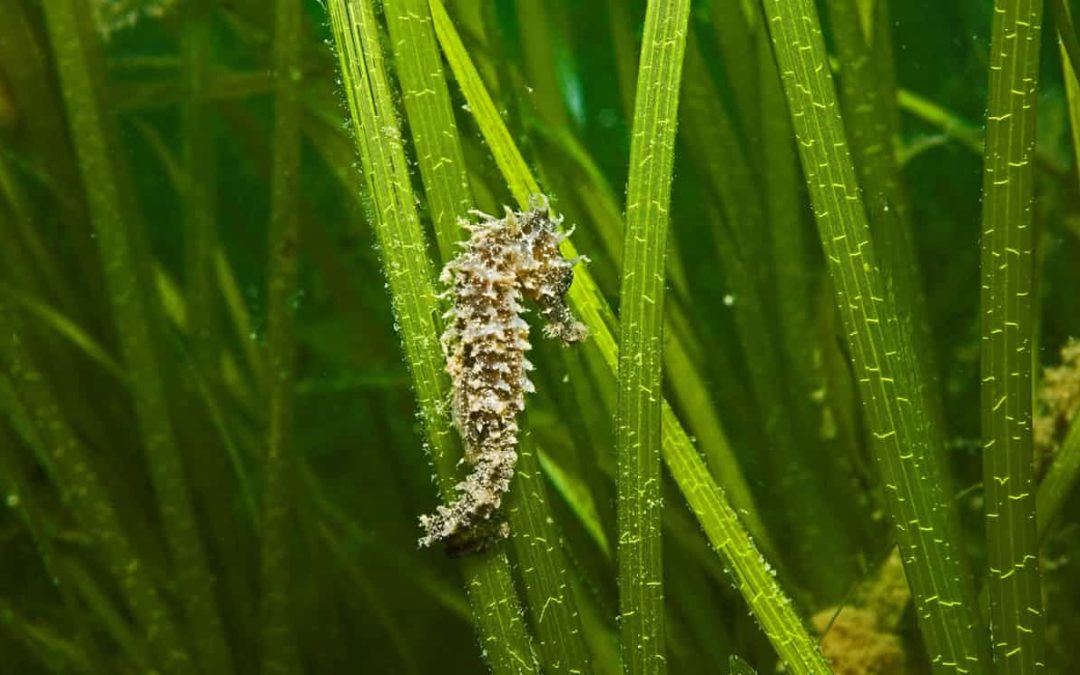SOURCE: The Guardian
DATE: March 20, 2018
SNIP: A marine heatwave in Western Australia in 2010 set off a massive “carbon bomb”, damaging the world’s largest seagrass meadow, releasing millions of tonnes of carbon that had been collected for thousands of years below the surface.
Although Australia doesn’t currently count carbon released from damaged seagrass meadows in its official greenhouse gas emissions, if it did, the results mean those figures might need to be revised upwards by more than 20%.
Seagrass is a flowering grass-like plant that grows in shallow waters. It gathers carbon dissolved in the sea and buries it below the surface, often storing similar amounts of carbon in the top metre of sediment as is stored in tropical forests.
But unlike forests that store carbon for about 60 years before releasing much of it, seagrass meadows often store the carbon for thousands of years until they are disturbed. That process is thought to offset up to 2% of humanity’s greenhouse gas emissions.
Recent studies have shown that when the top layer of actively growing seagrass is disturbed – either by local impacts such as boat anchors or climatic impacts like heatwaves – the carbon that has been sequestered over thousands of years can be quickly released.
“It’s a carbon bomb,” said Gary Kendrick, a co-author on the paper from the University of Western Australia. “And it’s one that has gone off without documentation.
“If we’re not counting this carbon, then we’re underestimating our footprint.”

